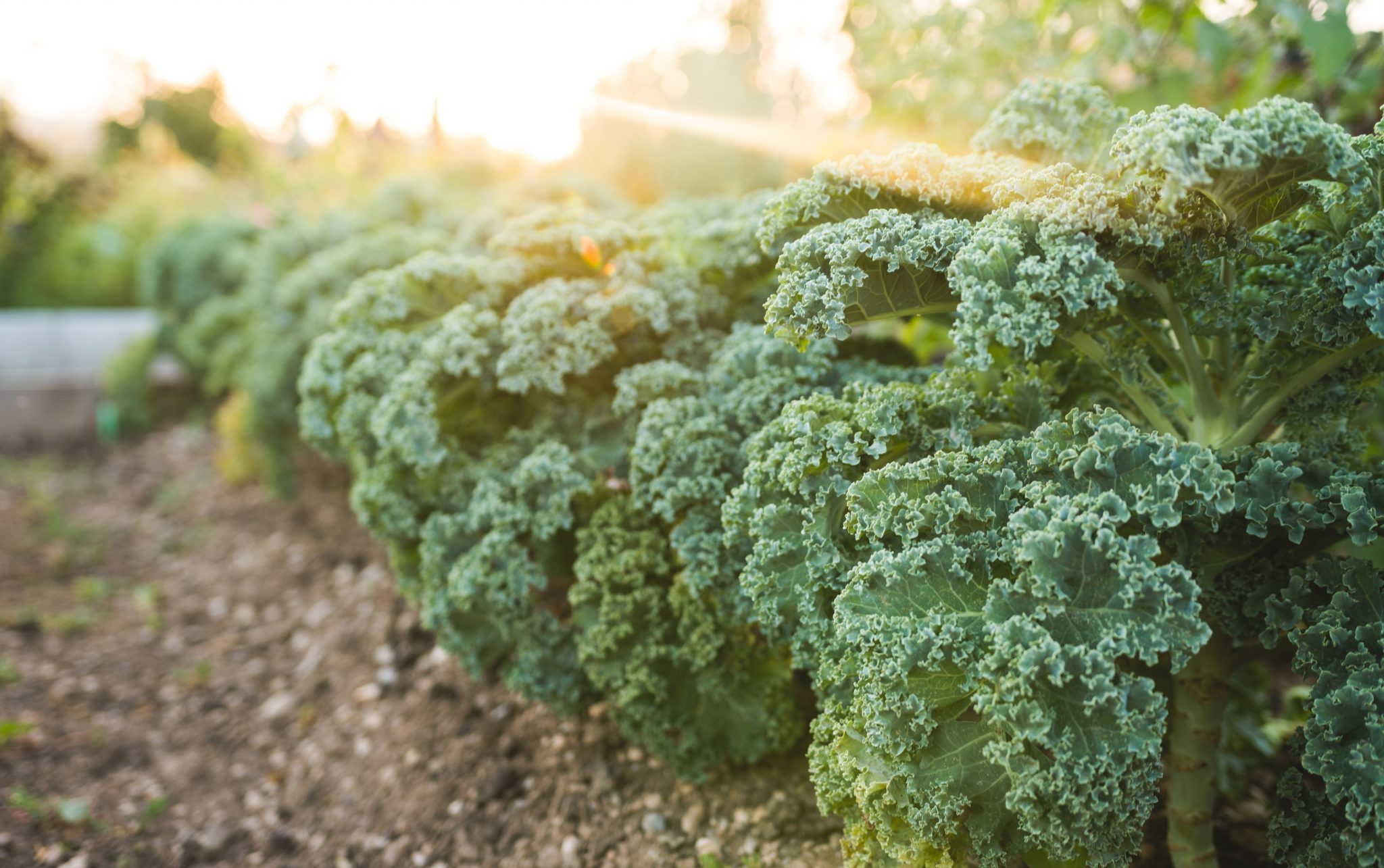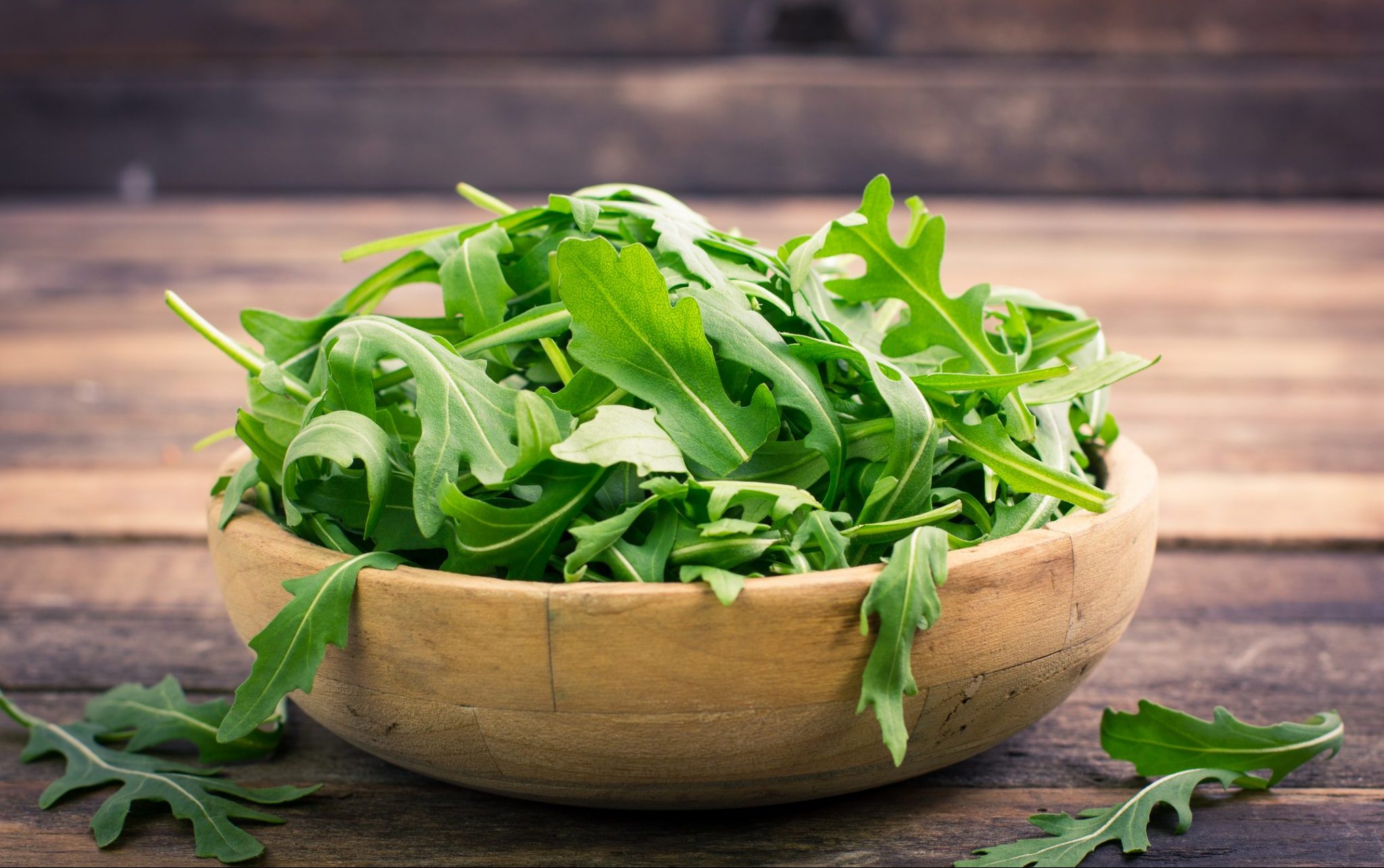Packed with fiber and low in calories, but did you know the benefits of green leafy vegetables don’t end there? These veggies, which include kale, spinach, collard greens, romaine, cabbage, Swiss chard, mustard greens, bok choy, arugula, and more, are loaded with vitamins and minerals, and have a high water content. Studies show that the nutrients in leafy greens may help protect against cancer, improve eye health, and promote a healthy pregnancy. And that’s just the beginning.
This article reviews the top six health benefits of leafy greens, backed by science, and provides tips on how to eat more of them.
1. Low in calories, high in fiber
Dark green vegetables are an excellent source of dietary fiber, a non-digestible carbohydrate that promotes healthy bowel movements and can help fill you up.
They are also low in calories, making them good foods to include in meals and snacks if you’re trying to lose weight.
In fact, eating fiber-rich foods like leafy greens may indirectly lead to a decrease in overall calorie intake and weight loss, since fiber has been linked to satiety and reduced appetite.
What’s more, foods that are high in fiber feed beneficial gut bacteria and may help protect against heart disease, colon cancer, and type 2 diabetes.
Here are some fast facts about the nutritional benefits of leafy greens, in terms of calories and fiber.
- Arugula (2 cups, raw): ~10 calories, 0.6 gram fiber
- Bok Choy (2 cups, raw): ~18 calories, 1.4 grams fiber
- Collard Greens (1 cup, raw): ~11 calories, 1.4 grams fiber
- Kale (1 cup, raw): ~19 calories, 0.9 gram fiber
- Mustard Greens (1 cup, raw): ~15 calories, 1.8 grams fiber
- Spinach (1 cup, raw): ~10 calories, 1 gram fiber
- Swiss Chard (1 cup, raw): ~7 calories, 0.6 gram fiber
2. May benefit bone health
Most leafy greens are high in vitamin K, a nutrient that may play a critical role in maintaining healthy bone mass and preventing fractures.
Roughly three cups (100 grams) of collard greens, for example, pack close to four times the recommended adequate intake (AI) for vitamin K.
Specifically, dark leafy green vegetables contain the type of vitamin K known as K1 (phylloquinone).
Insufficient intake of vitamin K1 has been linked to an increased risk of osteoporosis, a disease characterized by weak bones that break easily, and reduced bone mineral density, a measure of bone strength.
One study on 2,807 adults found that those who consumed the lowest amount of vitamin K1 from their diets had a 57% greater risk of suffering from a hip fracture compared to those who had the highest intake of vitamin K1 over 10 years.
Eating dark green vegetables, which are high in vitamin K, may therefore help promote optimal bone health and prevent bone-related issues.
3. Rich in antioxidants that may have anti-cancer properties
Leafy green vegetables are rich sources of antioxidants, compounds that help fight damage from reactive molecules called free radicals.
Having too many free radicals in the body and not enough antioxidants can lead to a condition called oxidative stress that may play a role in the development of chronic diseases, including cancer.
The antioxidants found in leafy greens vary depending on the vegetable, but some of the most prominent ones include vitamins C and E, pro-vitamin A carotenoids like beta-carotene, and lutein.
Test tube studies have indicated that some of these compounds, including lutein and vitamin C, may exhibit anti-cancer effects and interfere with the life cycle of cancer cells.
A large study in over 82,000 Swedish adults found that those who ate three or more servings of leafy green vegetables per week had a 46% lower risk of stomach cancer compared to participants who had less than a half serving per week of these veggies.
However, while the antioxidants in leafy green vegetables may help protect against cancer, more human research is needed to fully understand the association between leafy green consumption and cancer risk.
4. May help promote a healthy pregnancy
Eating dark green vegetables may also help promote healthy pregnancies.
This is because most leafy greens are an excellent source of folate, a B vitamin that’s necessary for proper development of fetal cells and organs.
For example, one cup (30 grams) of spinach contains over 14% of the Reference Daily Intake (RDI) for folate.
Getting enough folate from foods like leafy greens is important for maintaining good maternal health during pregnancy and preventing some birth effects, such as neural tube defects.
A study in over 23,000 women found that the children of mothers who had the lowest intake of dietary folate per day were 77% more likely to develop brain or spinal cord issues compared to babies born to women with the highest dietary intake of folate.
To help prevent complications due to inadequate folate intake during pregnancy, aim to incorporate a variety of leafy greens into your diet.
5. Good for eye health
The antioxidants in leafy greens may boost eye health.
In particular, kale, spinach, and other leafy green vegetables contain the carotenoids lutein and zeaxanthin.
These compounds may help protect against eye diseases, such as cataracts and age-related macular degeneration (AMD). This is likely because they act as antioxidants in the body and fight oxidative stress associated with the development of eye-related diseases .
A large study that followed over 102,000 people for more than 15 years found that those who consumed the most lutein and zeaxanthin had a 40% lower risk of developing advanced AMD compared to those with the lowest intake of these nutrients.
Consuming leafy green vegetables that are rich in lutein and zeaxanthin, especially kale and spinach, may therefore help promote optimal eye health.
6. May help lower the risk of type 2 diabetes
Eating leafy green vegetables may reduce the risk of type 2 diabetes, a disease marked by high blood sugar that results from the body’s inability to use insulin.
In fact, a review of six studies found that increasing consumption of leafy green vegetables by 1.5 servings a day was associated with a 14% lower risk of developing type 2 diabetes.
There may be several ways in which leafy greens protect against diabetes. For one, the antioxidants they contain may help fight oxidative stress in the body that leads to the development of diabetes.
Additionally, leafy greens are rich sources of magnesium, a mineral that is involved in over 600 reactions in the body. Several studies have shown that adequate magnesium intake is linked to a decreased risk of diabetes.
However, keep in mind that more substantial research is needed to understand the role of leafy greens in diabetes prevention in full.
How to eat more leafy greens
Leafy greens are versatile and delicious.
You can use greens as a base for smoothies and salads, or stir them into soup, stir fries, eggs, and pasta dishes.
To make a smoothie with leafy greens, combine spinach, frozen berries, a scoop of nut butter, and almond milk in a blender and mix until smooth.
To enjoy leafy greens in a salad, try arugula or kale with an assortment of chopped veggies, legumes, unsweetened dried fruit, nuts, and an olive oil and balsamic dressing.
In Conclusion: Why are green leafy vegetables good for you?
Leafy green vegetables include spinach, kale, arugula, collard greens, romaine, cabbage, mustard greens, and more. They are loaded with fiber, vitamins, and minerals, and are low in calories.
Eating leafy greens may provide a number of health benefits, promote a healthy pregnancy, protect against eye-related issues, and reduce the risk of diabetes.
To add more of these veggies to your diet, use them in salads, soups, smoothies, and stir fries.






